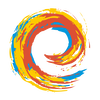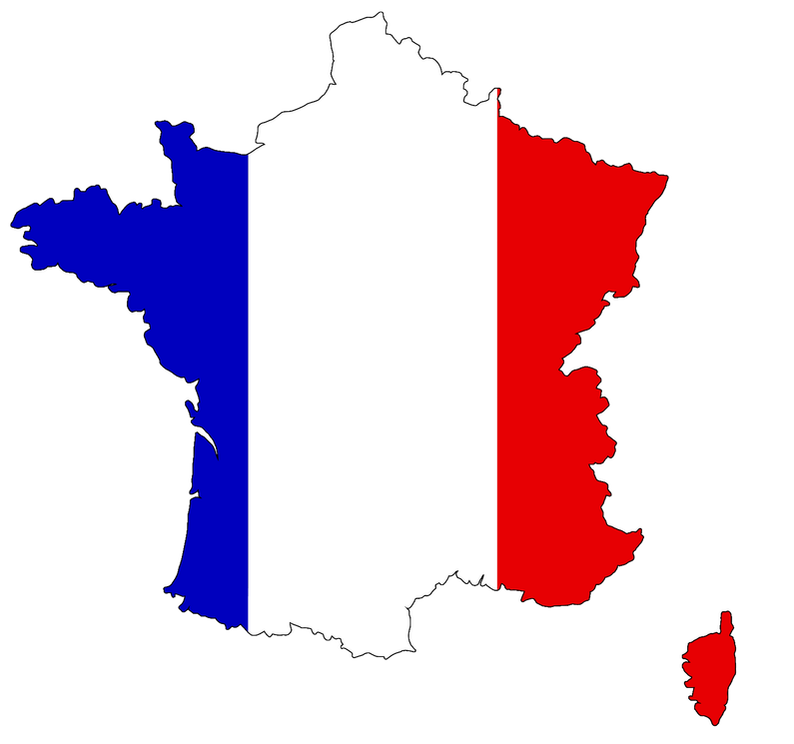-
National Association(s)
-
Education
-
Recognition
-
Employment
-
Research & Publication
<
>
- The former FFAT - Fédération Française des Arts-Thérapeutes www.ffat-federation.org has transformed into the SFAT - Syndicat Français des Arts-Thérapeutes
https://syndicat-arts-therapeutes.com/ - Guilde des Art-thérapeutes
https://art-therapie-tours.net/guilde-des-art-therapeutes/ - Ligue professionnelle d’Art-Thérapie
https://artherapie.levillage.org/ - SFPE-AT - Société française de psychopathologie de l'expression et d'art-thérapie (French Society for Psychopathology of Expression and Art Therapy)
https://www.sfpeat.com/ - L'association art-&-thérapie
http://www.inecat.org/L-association-art-therapie.html
- Université Paris 5, entry requirements Bachelor, Master degree, 2 years on part time basis, PhD.
- Université Jean-Jaurès Toulouse, DU (University Diploma), 2 years, Bachelor degree.
- Université de Tours, DU, 2 years, Bachelor degree.
- Private programs referenced on the FFAT’s website: Bachelor + 1 degree
- ATTEP-CEFAT Les Pinceaux - Paris
- INECAT – Paris
- INFIPP - Lyon
- IRFAT – Avignon
- PROFAC – Arles, Paris
- PUZZLE - Lille
- SCHEME – Lyon
Each training program has its own criteria of pre-requisites to admission, generally a first Bachelor’s or Master’s in a connected area (art, psychology, nursing, education, social sciences, etc).
Since 2009, the FFAT has introduced a protocol reference for the training programs according to European Master’s criteria; as well as an accreditation protocol for professionals, since 2006.
Many different short-time trainings are implemented as well in University, as in Private sector.
4 orientations are officially admitted:
- Psychoanalytical
- Cognitive-Behavioral
- Systemic
- Humanistic
+ specific to Arts Therapies: Multi-modal comprehensive, Phenomenological.
No state recognition.
Visual art therapy is conducted in a variety of settings:
Not many have full-time or even half-time work as art therapists; most have a part-time art therapy activity, necessitating complementing income with other activities (artistic, medical, paramedical, educational, social work, etc).
- for clinical/medical clients (psychiatric, disabled, chronic diseases, cancer, etc),
- social settings,
- educational (though art therapy has not yet been introduced into the public schools),
- private, etc,
Not many have full-time or even half-time work as art therapists; most have a part-time art therapy activity, necessitating complementing income with other activities (artistic, medical, paramedical, educational, social work, etc).
Research programs are implemented at the Université Paris 5 and the Université Jean-Jaurès/Toulouse
CEE – Centre d’Etude de l’Expression : www.centre-etude-expression.fr and MAHSA – documentation center and art therapy museum based on the historical collections of the Saint- Anne’s Psychiatric Hospital and contemporary art therapy workshops.
Journals
Revue annuelle de la FFAT www.ffat-federation.org
Art &Thérapie (bi-annual) www.inecat.org
Revue Annuelle de la SFPE-AT www.sfpe-art-therapie.fr
Many books are edited in French and some translations of international publications are available.
The FFAT is currently preparing an online documentation basis.
CEE – Centre d’Etude de l’Expression : www.centre-etude-expression.fr and MAHSA – documentation center and art therapy museum based on the historical collections of the Saint- Anne’s Psychiatric Hospital and contemporary art therapy workshops.
Journals
Revue annuelle de la FFAT www.ffat-federation.org
Art &Thérapie (bi-annual) www.inecat.org
Revue Annuelle de la SFPE-AT www.sfpe-art-therapie.fr
Many books are edited in French and some translations of international publications are available.
The FFAT is currently preparing an online documentation basis.


